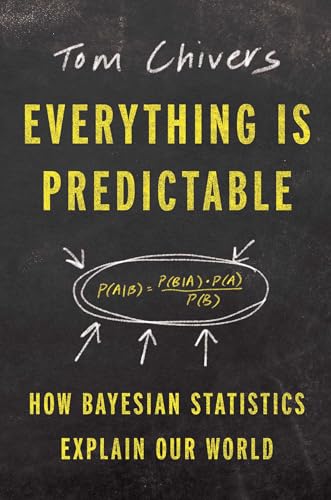What do you think?
Rate this book


378 pages, Kindle Edition
First published April 25, 2024
‚ÄúIn the nineteenth century, a German physicist and physician named Hermann von Helmholtz proposed a novel theory to explain the properties of perception. He suggested that a person doesn‚Äôt perceive what is experienced; instead, he or she perceives what the brain thinks is there‚Äîa process Helmholtz called inference. Put another way: you don‚Äôt perceive what you actually see, you perceive a simulated reality that you have inferred from what you see.‚Ä� (1)
"the neocortex may be prewired to assume that incoming sensor data, whether visual, auditory, or somatosensory, represent three-dimensional objects that exist separately from ourselves and can move on their own. Therefore, it does not have to learn about space, time, and the difference between the self and others. Instead, it tries to explain all incoming sensory information it receives by assuming it must have been derived from a 3D world that unfolds over time." (1)
"Instead of our image of the world coming in from our senses, our brains are making it up, constantly. We build a 3D model around ourselves. We‚Äôre predicting ‚Ä� hallucinating ‚Ä� the world. There‚Äôs not just a bottom-up stream of information ‚Ä� there is, vitally, a top-down one, as well. Higher-level processing in our brain sends a signal down, towards our nerve receptors, telling them what signals to expect."
